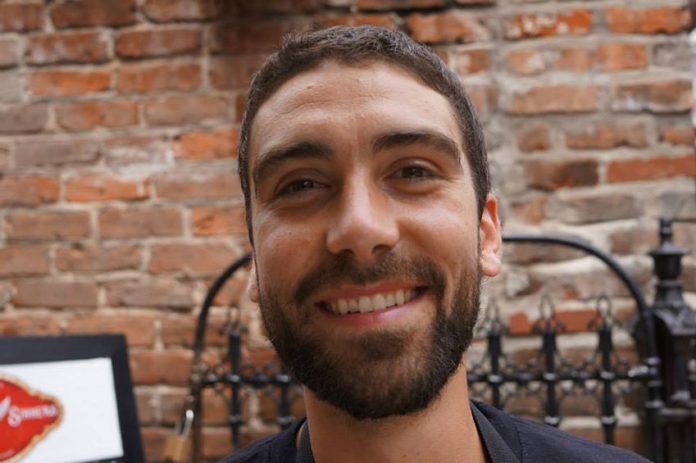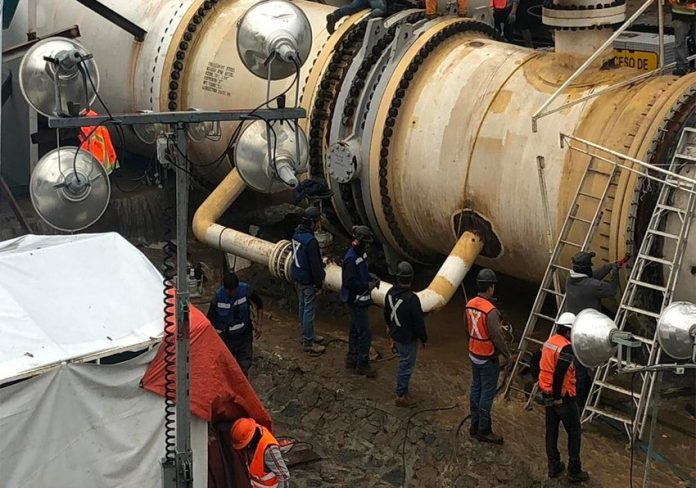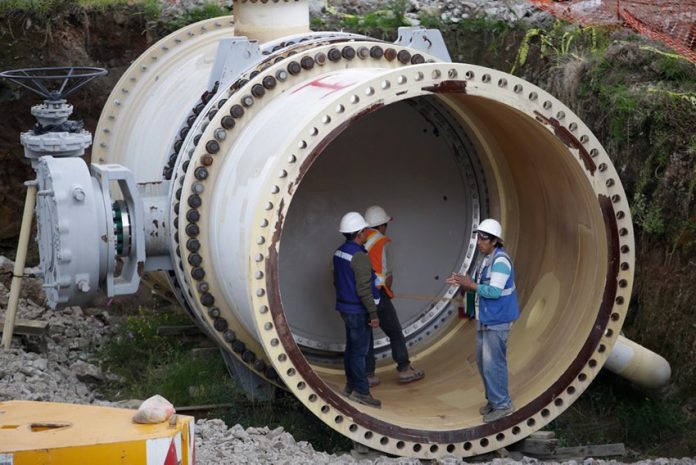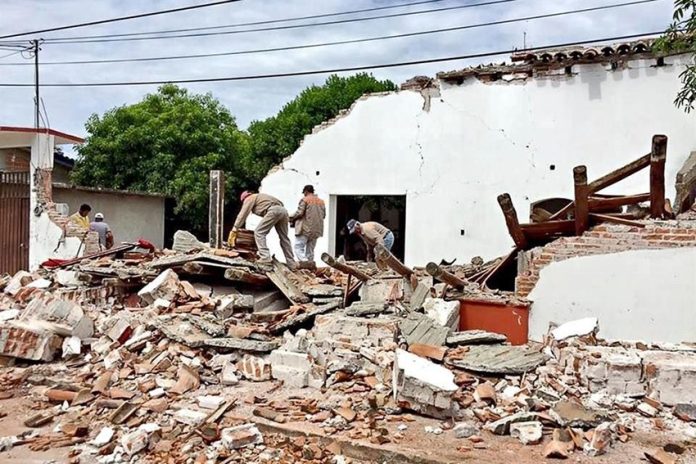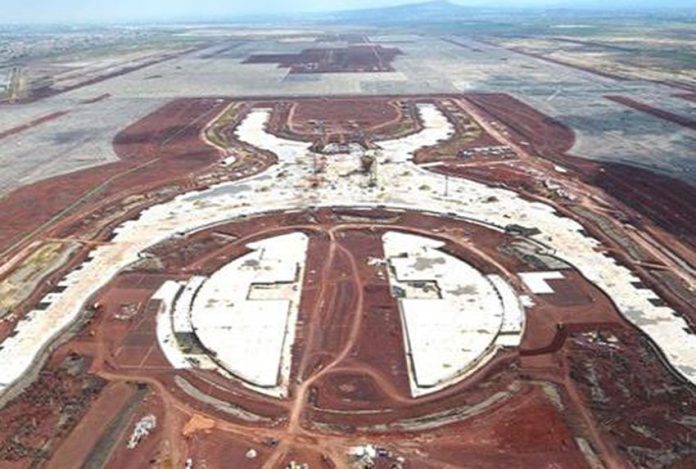With the entry of a fourth migrant caravan yesterday, it is estimated there are now more than 12,000 Central American migrants in Mexico.
About 4,000 Salvadoran migrants crossed the Suchiate river that divides Guatemala from Chiapas, the newspaper El Universal reported.
The migrants rejected an offer of accommodation at a shelter if they entered the country legally, choosing instead to wade across the river in a human chain to avoid being swept away by the current.
When they arrived on the Mexican side of the river, some 100 immigration officials and Federal Police tried to convince the migrants to cross back to Guatemala, warning them that they were breaking the law.
“We only want a clear passage, our intention is not to stay in Mexico but to go to the United States,” the migrants responded.
To avoid a confrontation, the police withdrew and the caravan continued towards the city of Tapachula. The migrants will continue their march through the southern state today.
Three of the caravans currently in Mexico are made up of migrants numbering in the thousands. The majority of them entered Mexico without going through official immigration channels.
Another group of about 450 Salvadorans who entered Mexico legally are also in the country.
The secretariats of the Interior and Foreign Affairs said in a joint statement this week that 2,934 migrants have formally requested asylum in Mexico while 927 people have requested assistance from authorities to return to their country of origin.
The first caravan, made up of mainly Hondurans fleeing poverty and violence who began arriving October 19, yesterday entered Veracruz, walking or hitching rides on passing trucks.
With rumors swirling that members of the second caravan are more violent, along with insecurity concerns in the state, the first caravan hopes to cross Veracruz as quickly as possible.
After the migrants arrived in the south of the Gulf coast state, Governor Miguel Ángel Yunes Linares announced that authorities would not only provide humanitarian aid but also mass transportation to Mexico City.
“It’s very important that they be able to move soon from Veracruz toward another place,” Yunes said in a video message posted to social media.
At a meeting last night, caravan leaders told the migrants that they would be leaving for the capital at around 5:00am. “We are all going!” one coordinator told the group.
But Yunes later released a second video saying that because Mexico City’s water system is undergoing maintenance, leaving much of the city without water, it would not be right to transport the migrants there.
Instead, he offered transportation to another city in Veracruz until the capital’s water supply is restored.
Gina Garibo of the migrant advocacy group Pueblos Sin Fronteras (People Without Borders) described Yunes’ about-face as infuriating and said that authorities in Mexico had already made preparations to receive the migrants in a part of the city where water hasn’t been cut off.
“They have been working for a long time . . . [to prepare] the space where we’re going to arrive. In [the borough] Magdalena Contreras, water supply is guaranteed,” she said.
The newspaper Milenio reported today that no buses had arrived in the municipality of Sayula, where the caravan rested last night, and this morning the migrants set out on foot for Isla, Veracruz.
Although, the number of Central Americans in the first caravan has dropped from a peak of 7,000 to around 4,000, its size could increase as migrants traveling in smaller groups apart from the caravans attempt to catch up.
Tomás González Castillo, director of a migrant shelter in Tenosique, Tabasco, said about 1,500 Central Americans have stayed in the town over the past 10 days.
Some of them indicated that they wish to join the first caravan, he said.
“There are invisible exoduses where maybe there isn’t the same number of people [as the caravans] . . . There are thousands of others walking clandestinely, getting on to trucks, [and] they’re still using the [freight] train,” González said.
He also warned that Veracruz is one of the most dangerous states in the country for migrants.
“They’re going to enter deadly, lethal territory . . . It’s a territory taken over by criminals and corrupt authorities, it’s a hellish route.”
Source: El Universal (sp), Milenio (sp) El Financiero (sp), Associated Press (en)
